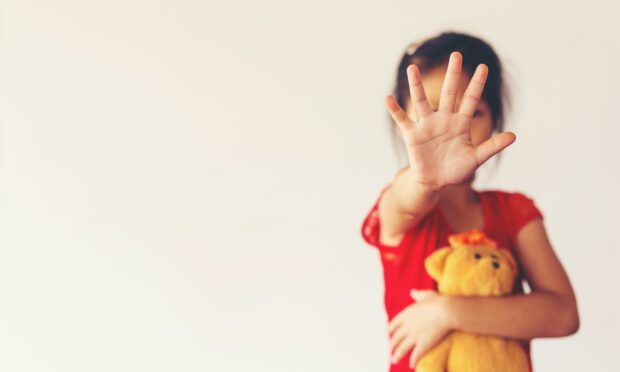It’s not always easy to know if a child or young person is being abused or neglected.
The signs of child abuse aren’t always obvious, and a child might not feel able to tell anyone what’s happening to them. Sometimes, children don’t even realise that what is happening to them is abuse.
But knowing how to recognise the signs can help an adult determine what is going on.
Most children who are being abused find it very difficult to talk about what’s happening. This might be because they usually don’t have someone they can trust
Common signs of something happening in a child’s life include them becoming withdrawn, unexplained changes in their behaviour or personality, seeming anxious, and a poor bond or relationship with a parent. Becoming uncharacteristically aggressive and running away or going missing can also be indications.
However, it’s important to remember that these signs don’t necessarily mean a child is being abused. There could be other things happening in their life which are affecting their behaviour.
What to do if you suspect abuse or neglect
If an adult thinks a child might be being abused, there are steps they can take to help. First, try talking to the child. This might be challenging to begin with, as most children who are being abused find it very difficult to talk about what’s happening. This might be because they usually don’t have someone they can trust. But building a positive, trusting relationship could result in the child coming back when they are ready to talk.
Adults can also keep a note of their concerns and how the child is behaving. Talking to the child’s teacher could also help, as they may have spotted changes in behaviour or something else that the person concerned could have missed.
We know it can be daunting to report concerns about a child’s welfare, as adults might be worried about being mistaken or not wanting to get a friend or family member in trouble. They may also be worried that they won’t be believed.
However, our helpline counsellors are here to listen to any concerns a person may have about a child and can offer support and advice. People don’t have to say who they are, where they live or share their contact details, but it is so important that everyone speaks up if they have concerns, so that if a child is at risk then something can be done to protect them.
Any adult worried about a child, even if they are unsure, can contact our email helpline at help@nspcc.org.uk or on 0808 800 5000. The phone lines are open Monday to Friday, 8am to 10pm and 9am to 6pm at the weekend.
If a child is in immediate danger, call the police on 999 immediately.
Lauren Burke is NSPCC Scotland Team Manager for Childline
